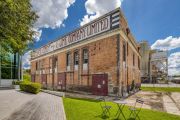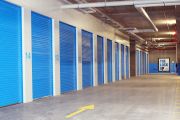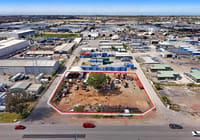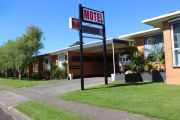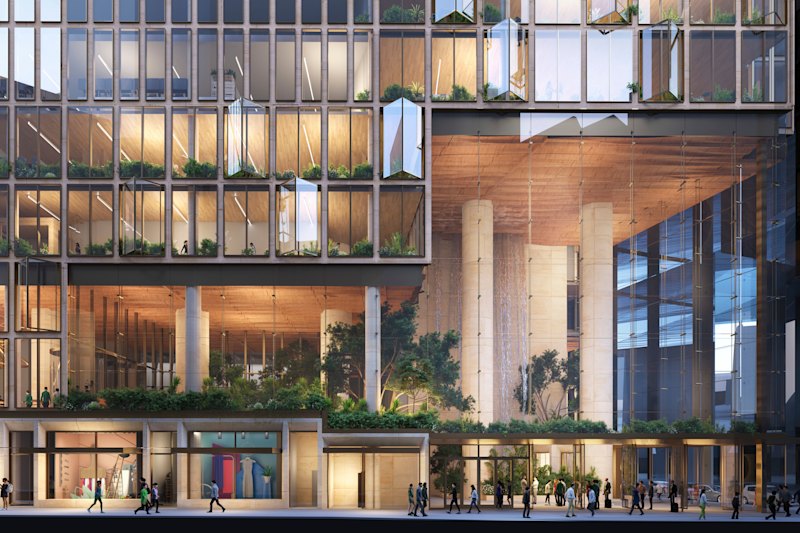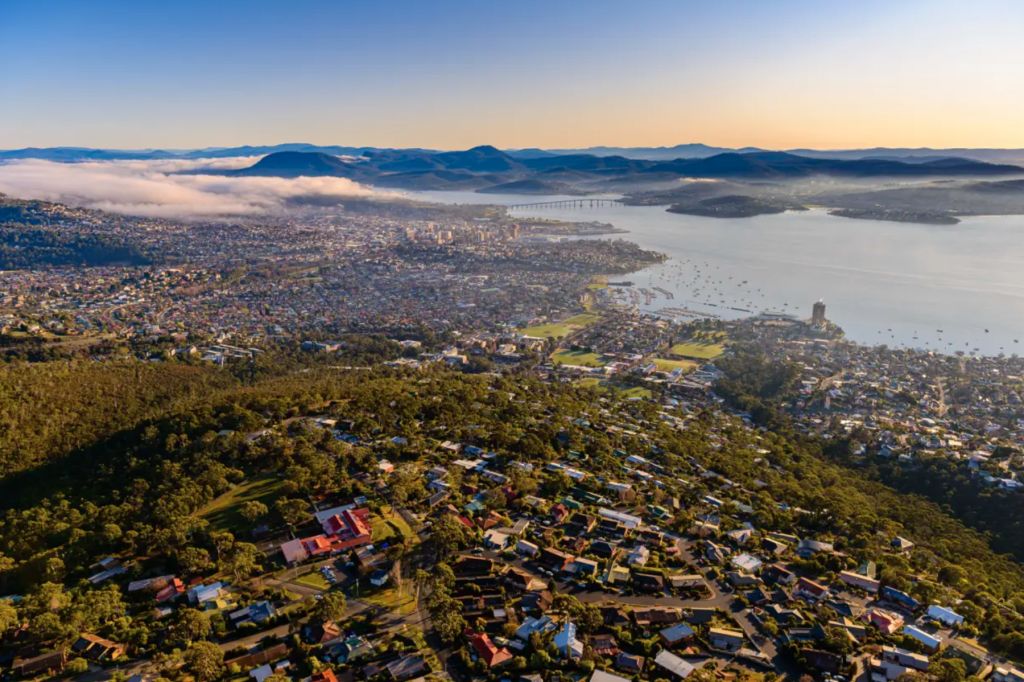
UTAS plans 2500 new homes for Hobart's blue-chip Sandy Bay
Thousands of new homes will be built in one of Hobart’s most expensive suburbs as part of the new draft masterplan released on Wednesday by the University of Tasmania (UTAS) for the redevelopment of its 100-hectare campus at Sandy Bay.
It will include a “diverse” range of 2500 housing options including detached dwellings, townhouses, apartments, attainable housing, student accommodation, build-to-rent options, aged care and retirement living.
There will also be tourism facilities, 50 hectares of bushland reserve, eight hectares of open space including parks, sports fields and public squares, and arts, entertainment, retail and cultural facilities.
UTAS vice-chancellor Professor Rufus Black said the opportunity has been created by the planned transition of Sandy Bay campus to central Hobart over the next decade.
Initial moves to sell off parts of the Sandy Bay site were met with virulent opposition, so UTAS changed tack.
It now plans to retain ownership of the land and work with partners on developing the site, which will be divided into five distinct precincts “responding to different aspects” of the land – from coastal flats to the slopes of Mount Nelson.
“We will remain the master developer of the site so that we can ensure these values around sustainability, community access, and of course preserving the environmental heritage of it, are protected, stewarding its future,” Professor Black said.
“As we deliver the plan, it will need to be done in partnership with people who share our values and want to develop this very distinctive and unique site.
“It is possible there will be some pieces where it makes sense to sell, but our aim is to maintain control of the whole site, retaining the great majority in the long-term ownership of the University.”
Professor Black added: “This will be a carbon positive suburb and a model for the future of urban development.
“If we are heading to a carbon positive future, we are going to need to build suburbs like this, which are deeply sustainable in how they are put together.”
He said a central aim is also “to create a broad set of housing for Hobart as well as a wide range of community amenity, blended together in a sustainable suburb”.
Rebecca Ellston, executive director Tasmania, Property Council of Australia, said extra dwellings are desperately needed to alleviate Hobart’s housing shortage.
“It’s a 25- to 35-year masterplan, and there’s not a lot of details around the time frame, but looking at it from the perspective of helping to address the current housing shortage in Tasmania, it’s obviously welcome,” Ms Ellston said.
“The fact that they’re looking at different sorts of housing, a mixed range, is something that we’ve been desperately crying out for.”
Ms Ellston said it is encouraging the draft masterplan “can provide homes for our down-sizers or right-sizers given our ageing population.
“And mixing that in with the attainable and social housing side of it is really important as well.”
The draft masterplan is up for public comment over the next few weeks with the aim of having it finalised and ready to present to Hobart City Council by the end of this year.

